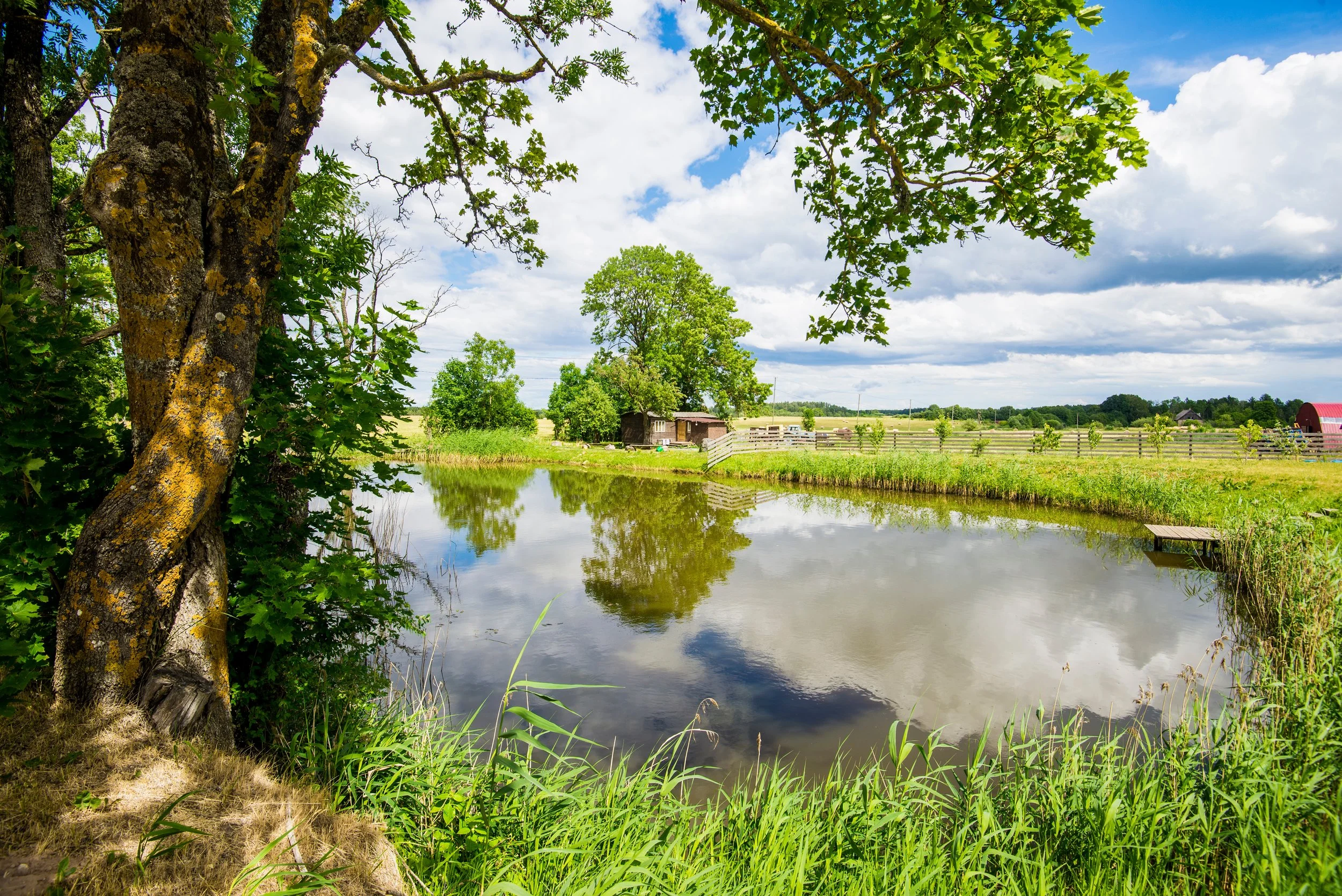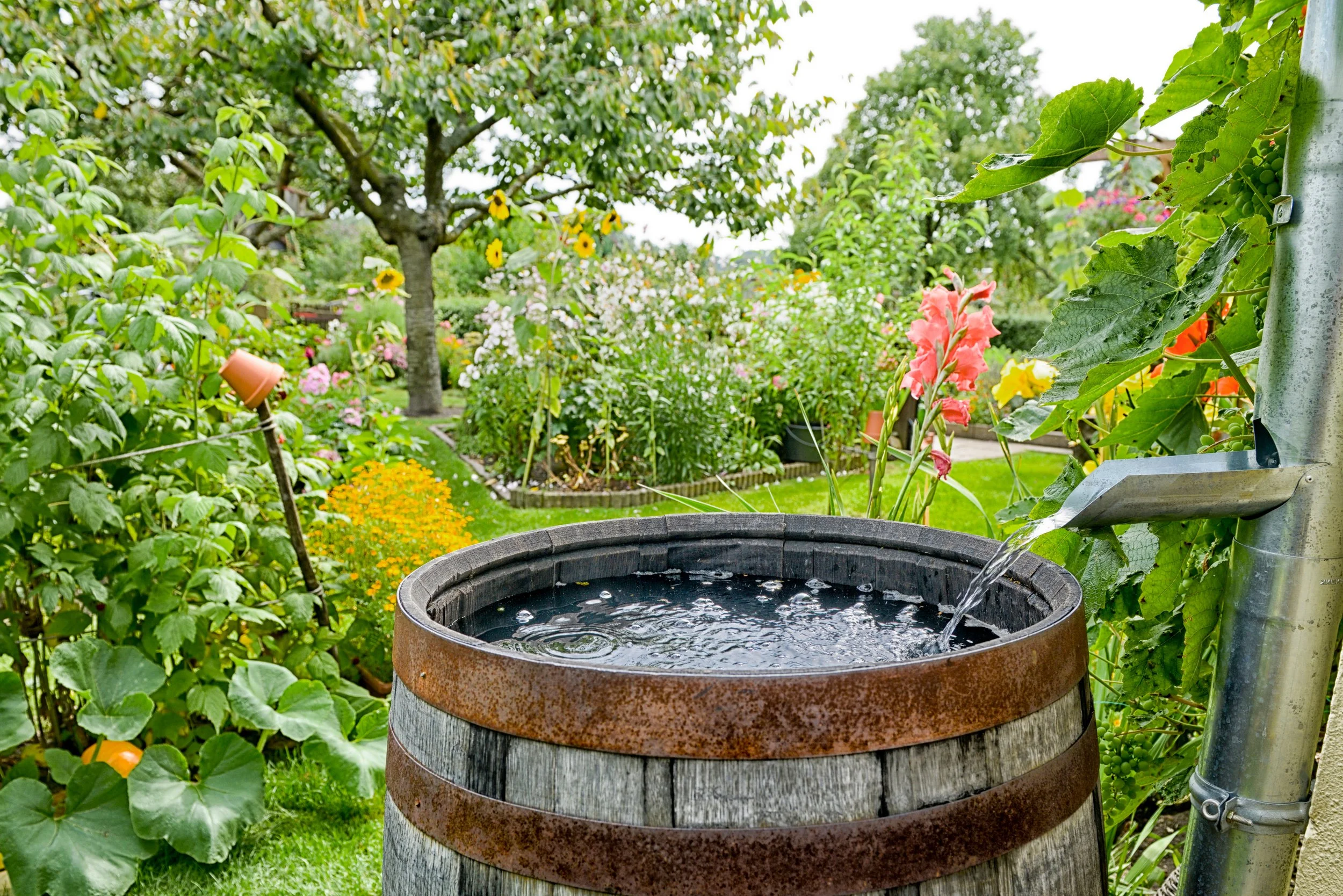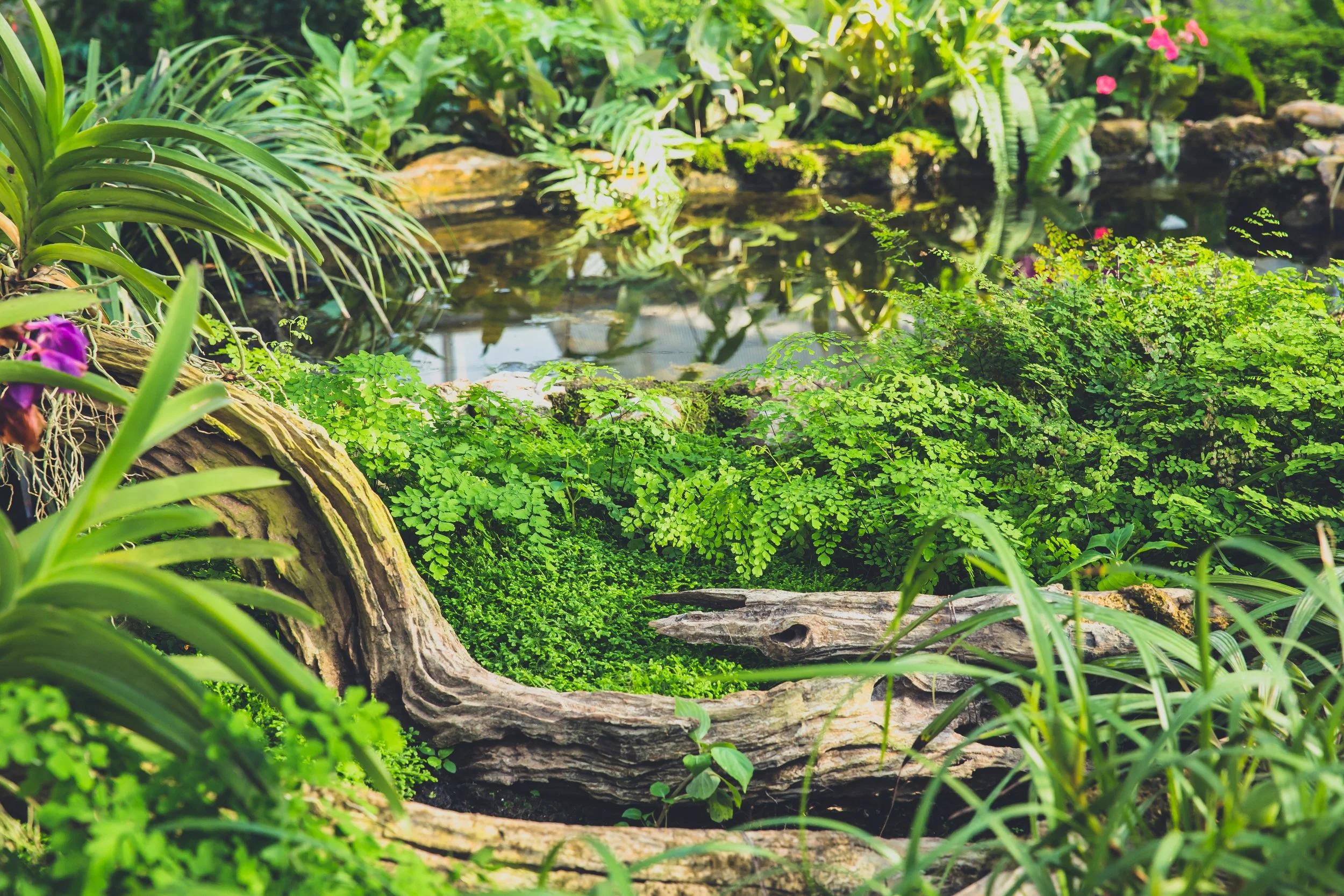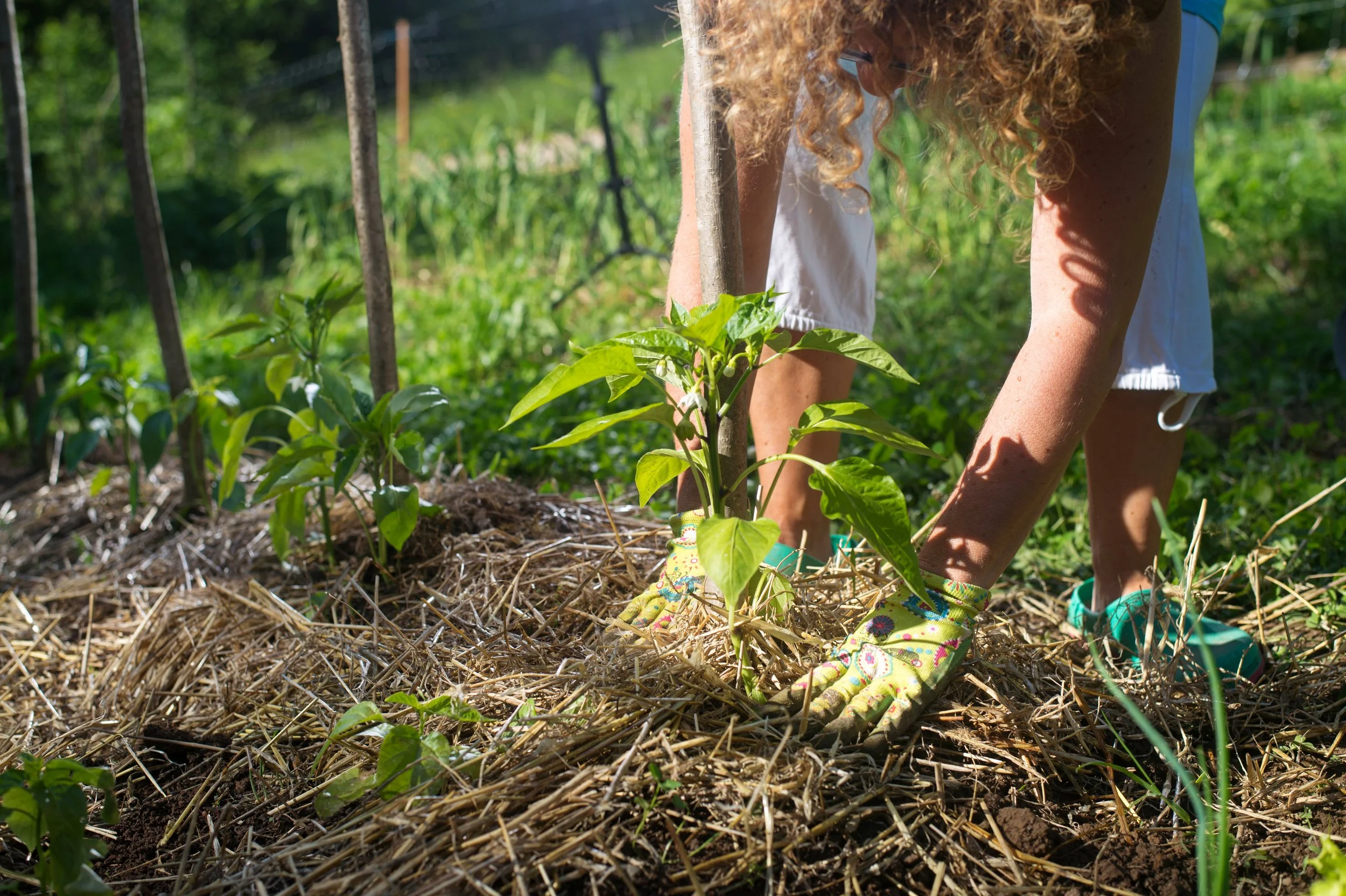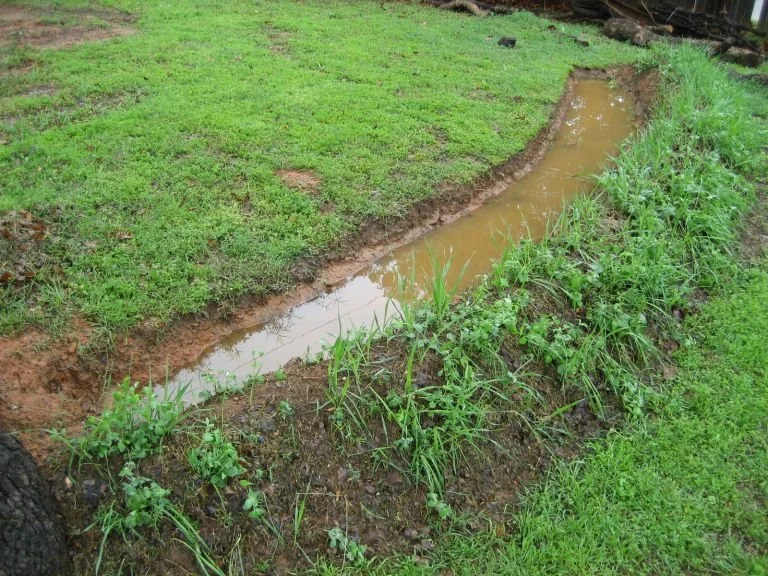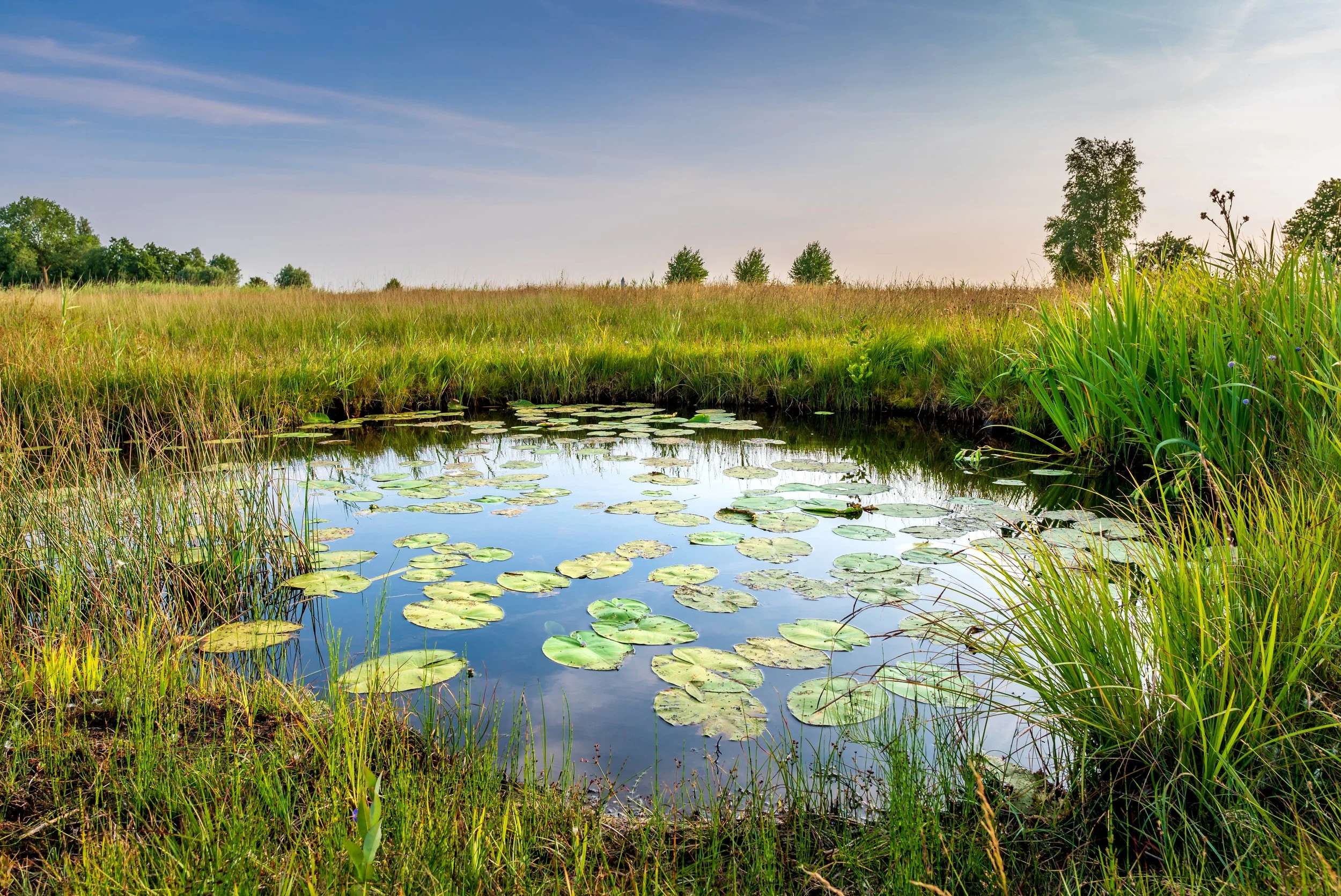Importance Of Good Water Infiltration In Our Soils
We all know, water shapes our environment, connects all living things, and is critical for survival of all life, plants, animals, and humans. The majority of our current large & small scale growing systems world-wide are effecting our water cycles greatly and need change.
Water safely circulating through our earth, cycling from state to state (solid/liquid/gas) is part of natures innate cleaning system. As water transforms states and travels the earth, different levels of infiltration and purification take place depending on the type of matter water is travelling through. Truly amazing! The success of these unique interactions and relations is dependent on the health of our soils, lands and our overall environment.
Water Infiltration is the process by which water on the ground surface reenters the Earth soil layer.
When soil is loose and porous and full of living organisms and organic matter (OM) via aggregated structure and plant roots, it allows for plenty of avenues for water to infiltrate deeper into the soil & earth. Healthy, moist living soil pulls surface water down for infiltration to happen with ease. The bulk of our rainwater and melted snow for example is and should be infiltrated back into the lands, but this is not always the case in many bioregions around the world, specifically in stripped, barren and over depleted agricultural landscapes like within the current global mono-agriculture land systems.
HOME GROWERS Can Make a Difference!
For all of us home growers, regenerative agriculture farmers, and permaculture designers we can make a difference to further support water infiltration & storage within our lands where we need it most— creating living soil. We can do this with a focus on supporting nature around us to do its intended job, flow/cycle/conserve its waters to avoid loss of being washed away taking vital nutrients with it or evaporating from heat before it re-enters our growing systems. Our initial efforts should always be to get water into the ground and store it, this is co-creating with nature around us.
Compacted ground soil, is one of our biggest hurdles world-wide as this decreases the rate at which our rainwater can infiltrate our yard soils. Instead of tilling (common practice of the last century) which often damages and disrupts healthy diverse microbes and fungi connections in our soil, our best use of input/energy is on building up living organisms and organic matter (OM) by protecting our soils with ground covers, mulches, ponds and diverse local ecology like mini food forests and natural habitats.
Ways to support greater water infiltration in our soils with nature based solutions: think how to slow, spread out, and settle water back into the soil.
1. Rain Water Storage & Redistribution.
Collection of rain water off of homes/barns/buildings or having a barrel/container to directly collect off a patio or open area to then filter for later use in pots and gardens etc.
2. Rain Garden Designs
Rain gardens have areas of shallow planted depressions designed to hold water until it slowly infiltrates into the soil. As well as implementation of small ponds with diverse native plants and no bare soil using biological ground cover.
3. Increasing Soil Organic Matter
Many soils are naturally low in organic matter (OM), especially in water limited environments. Using mulching, cover crops and recycled home compost helps to increase biological & microbial activity to increase OM. Use ‘no bare soil’ as a rule. This means a focus on dense growing and/or covering all open soil with woodchips, hay/straw, leaf mulch, and living ground cover like clover (trifolium) or vetch (vicia sativa) as examples.
4. Bioswales & Trenches
A swale is a design technique that captures water in a landscape for passive irrigation and for slowing runoff keeping or moving water around the land. Geoff Lawton, permaculture teacher reminds us swales are “great tree-growing systems. That are especially useful in arid conditions where it is difficult to get things growing.”
5. Wetlands & Floodplains Support
Floodplain wetlands are incredible habitats that improve local water quality, store water, support infiltration in soil and benefit greatly all biological life around them. They are also important for local river/stream overflow, which can support flood control and they can recharge underground aquifers which serve as primary sources of water for many local communities world-wide and are critical for irrigation that grows much of the world’s crops.
First KNOW your lands…
All land belongs to a watershed, which is different land areas that drain runoff from rain or snow from the highest geographical areas, such as hills, ridges and mountains, to specific low points that outlet to larger rivers or a lakes. Before taking action on your lands, do your research. Know what part of the watershed you are on in the world and deeply observe and record notes, (recommended a year) to learn the patterns of water/precipitation and infiltration already going on in your space.
The methods above in their own way can lead to groundwater recharge, natural water treatment, improved groundwater and soil quality by improving water infiltration especially in compacted and dryer areas.
Questions To Contemplate: What is the most ideal for my land stewardship? Can I include a few of these methods? What research or advice can I further look into to support better water infiltration in my area or yard? Have I observed long enough before beginning? Have I done a thought out plan/design that takes into account my area and neighbouring lands and its effects?

